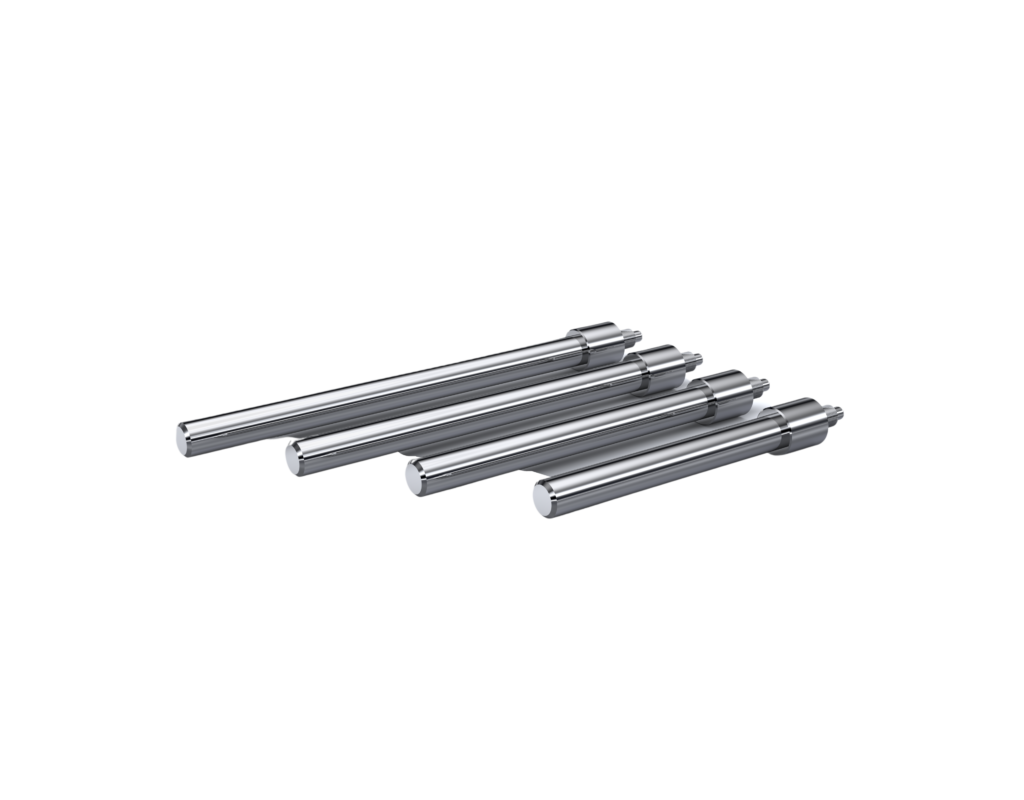
Effective cleanliness is a critical protocol concerning transducer cleaning. It needs to be disinfected no matter what application it is meant for. It requires non-destructive ways to test and ensure there are no blockages for any application.
RTUL Group is one of the most reliable vendors of ultrasonic transducers for industrial and laboratory usage. Our clientele is spread across various geographics and procures our high-performing products.
This post will familiarize you with the guidance followed for cleaning purposes in all situations. It also reflects on meeting international standards required for safe decontamination in different situations.
Why best practices are followed?
From a lab or clinical point of view, all equipment should be clean for users. Continuous usage without cleaning brings contamination and poses a health risk for all. Inter cavity is the dirtiest and needs regular cleaning. Any ultrasound probe failure is a result of active bacteria caused by many factors.
Both cleaning and disinfection are priorities for effective sterilization. An ultrasonic transducer for cleaning must pass all the required tests to meet international standards. These are the reasons why best practices are followed.
Each manufacturer provides products that pass specific quality controls and so is the case with Ultrasonic Transducers.
When regular clients consider RTUL Group’s products, a list of recommended equipment is offered. All products are not meant for ultrasonic transducer for cleaning are governed by suitability and specific considerations.
Guidance for principle applications
Misuse of the wrong products harms machinery or the transducer. Hence, in a clinical setting, the cleaning process for applications differs vastly. In the healthcare sector, disinfection is chosen depending on the pathogens encountered daily. The cleaning process changes accordingly.
For the safety consideration, the disinfection has to be adequate along with the sterilization. Both manual care and correct probe series are important to clean at all levels. Understanding infection control along with local laws and guidelines should be followed for quality and safety.
Types of Ultrasonic Transducers
No one size fits all cleaning needs and decontamination. Hence, several devices are designed and created for various applications. For example, there are critical or semi-critical designs for instruments that need to penetrate the skin. Some only touch the surface. Both require different types of cleaning processes.
RTUL Group offers a series probes that can be used for specific applications. They are W-series, K-series, P-series, and N-series. They are measurable from 25KHz to 50 MHz. They operate at different frequencies which are generated by an oscillating diaphragm.
The cleaning action
The cleaning depends on the electrical system and the capacity of bonding in the environment they are to perform. The cavity undergoes the process of cleaning through mechanical vibrations. The frequencies also play a large role in cleaning parts and removing rigid contamination.
RTUL Group provides several guidelines to prospective buyers of any probe series required. We design the device with the right material according to the brief. We conduct lab tests to ensure that all quality standards are maintained. We invite you to browse our probe series and consult our experts.
.png)
.png)
.png)